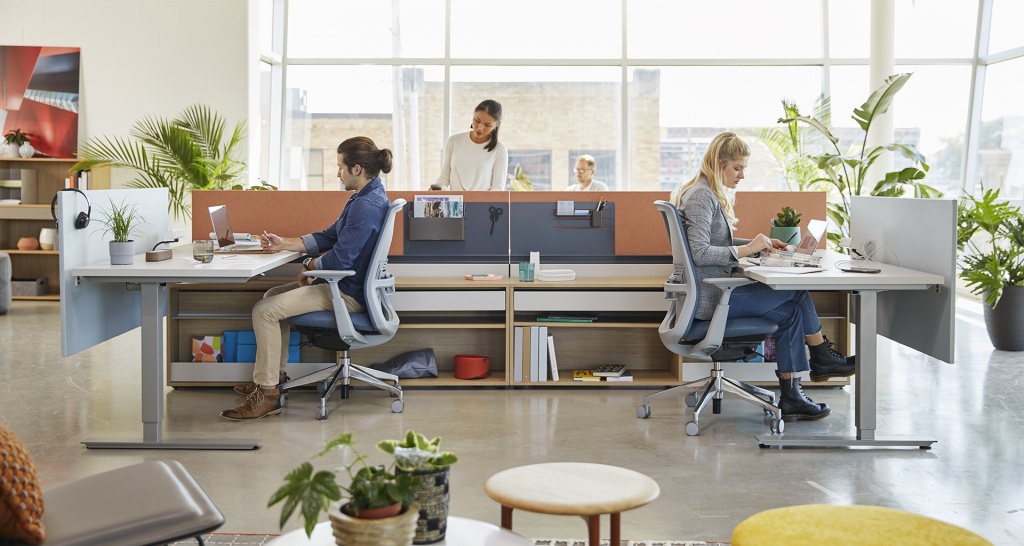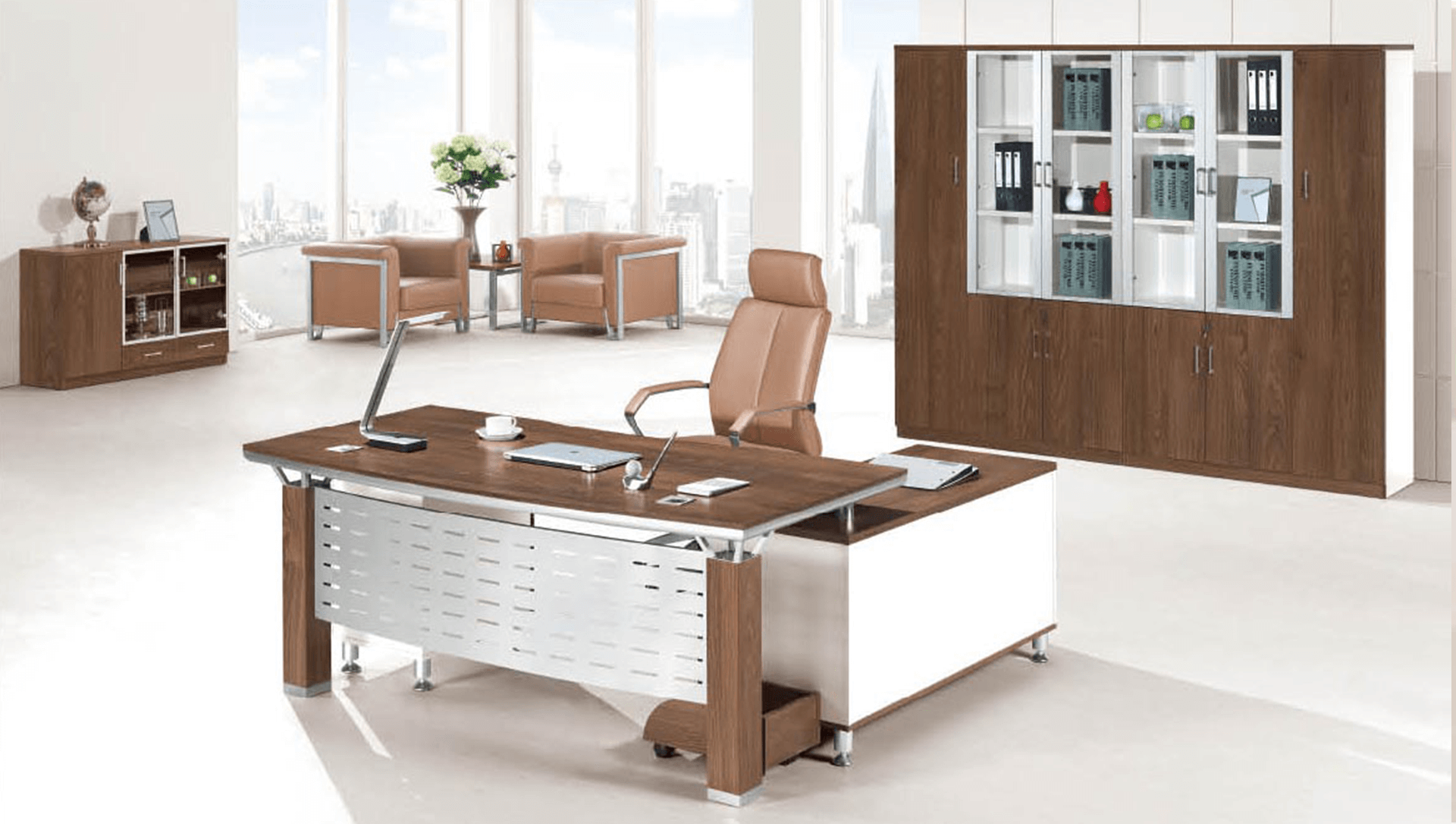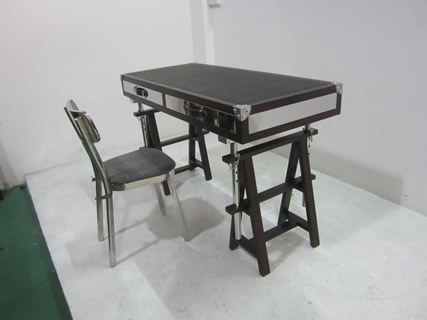Ergonomics 101 – Understanding the Impact of Office Furniture on Employee Health
Are you spending most of your day sitting at your desk, hunched over a computer, with little attention to your posture? If so, you’re not alone. Many office workers overlook the importance of ergonomics in their workplace, but it’s time to pay attention.
The right office furniture, including chairs, desks, and even the conference table, is crucial to your overall health and well-being.
In this blog post, we’ll delve into the significance of ergonomics and how choosing the right office furniture can make a significant difference in the lives of employees.

Content
Why Ergonomics Matters
Ergonomics, the science of designing and arranging furniture and equipment to maximize efficiency and reduce discomfort, is not just a buzzword. It is a real game-changer when it comes to office spaces.
Proper ergonomics can help prevent various health issues such as back pain, neck strain, and even repetitive strain injuries. When your workspace is designed with ergonomics, you can say goodbye to those nagging aches and discomforts that often accompany long hours of desk work.
The Role of Office Chairs
Let’s start with the unsung hero of office furniture – the chair. A well-designed ergonomic chair supports your spine’s natural curve, keeps your body aligned, and encourages movement throughout the day.
Adjustable height, lumbar support, and armrests are essential features of a good office chair. Investing in a quality ergonomic chair might seem pricey, but it’s an investment in your long-term health and productivity.
The Impact of Desks on Posture
Next up, the desk – the heart of your workspace. An adjustable desk allows you to switch between sitting and standing positions, promoting better blood circulation and preventing the dreaded “desk slouch.” Ensuring your desk height is comfortable can help you maintain a more neutral wrist position, preventing wrist strain and potential long-term issues like carpal tunnel syndrome.
Don’t Forget the Monitor Setup
Your computer monitor setup deserves some attention too. Position your monitor at eye level and about an arm’s length away from you.
This setup helps you maintain good posture, reducing strain on your neck and eyes. An adjustable monitor stand also allows you to find the perfect angle, further enhancing your viewing experience.
The One-Time Mention: Conference Table
While we’ve been focusing on individual workstations, let’s not forget the significance of a well-designed conference table. During meetings and collaborations, employees spend considerable time gathered around this table.
Choosing an ergonomically suitable conference table not only enhances productivity during meetings but also supports employee health.
Making the Switch to Ergonomic Furniture
Now that you understand the importance of ergonomics, you might wonder how to incorporate it into your office space. Start by educating your employees about the benefits of ergonomic practices.
Encourage them to make small adjustments to their workstations, like adjusting chair height or using a footrest. Additionally, consider investing in ergonomic accessories like keyboard trays and mouse pads to further enhance comfort.
Conclusion
In conclusion, ergonomics should be forefront of office design and furniture selection. When employees are comfortable and supported in their work environment, they can focus better, maintain productivity, and experience fewer health issues.
Remember, the key elements to consider are ergonomic chairs, adjustable desks, proper monitor setup, and, of course, the conference table. With these simple adjustments, your office can become a healthier and more efficient space for everyone. So, let’s prioritize employee well-being and make ergonomics an essential part of our work culture. Your body will thank you!

My name is Dana Benally. I post about home improvement ideas and how to make your home look beautiful and liveable. I hope my posts will help you with your DIY projects!





